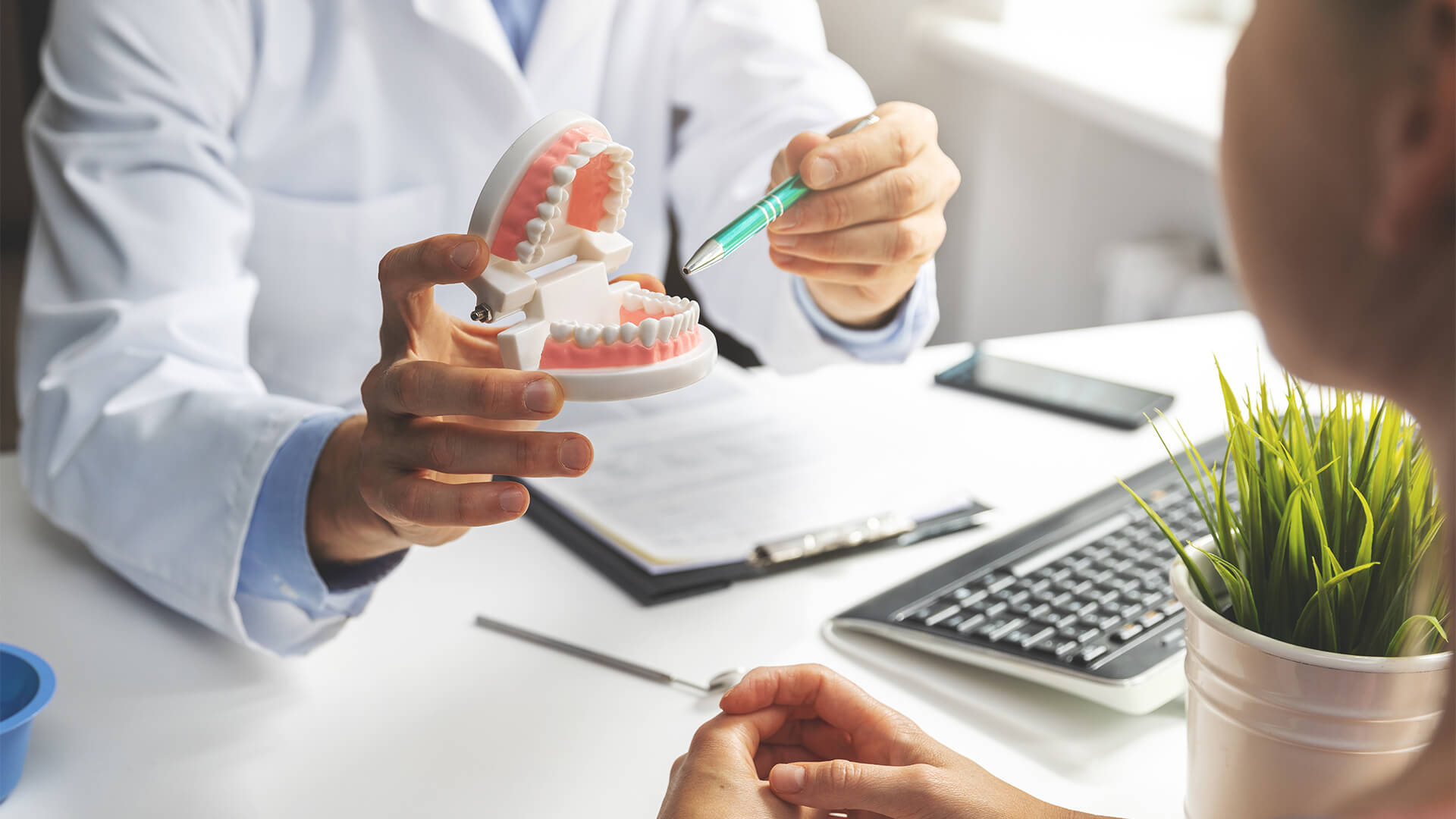We often come across people whose wisdom teeth did not erupt, or who had a lot of complications with them. So why is this happening?
A wisdom tooth that does not erupt is prevented from doing so due to a lack of space in the dental arch, improper position, or limited jaw growth. A tooth that has not erupted, and does not create interference, does not require special treatment; however, if you are not so lucky, the dentist will recommend doing a procedure to remove it.
What worries most people about this procedure is recovery. Recovery is not comfortable, but it doesn’t have to be so painful and complicated. If you are due to have this procedure, read the tips for a successful recovery. Keep in mind that the oral surgeon will also give you instructions and advice based on your individual case.
Dos after wisdom tooth removal
Bite on a gauze and let it clot
Immediately after the procedure, the gauze pad placed over the surgical area should be kept in place for an hour. After this time, the gauze pad should be removed and discarded. If the bleeding repeats afterwards, bite on a gauze again for the same period of time. This will put pressure over the wound and allow the clot to be formed on the tooth extraction site, which covers it, stops the bleeding and allows it to heal. However, make sure you don’t chew on gauze pieces.
Rest, elevate your head
You may feel great but don’t exercise or do too much activity for at least 24 hours, as doing physical work can alleviate the blood pressure and that may result in losing the clot. When resting, elevate your head on a pillow. Placing your head above heart level will help reduce the amount of swelling you experience.
Put some ice packs on your face
Apply an ice pack on the face, on the side where you’ve had the extraction. Icing will reduce swelling and bruising. The swelling after an extraction may not occur immediately after an impacted wisdom tooth removal, but can continue to swell for a few days, reaching a maximum on the 2nd or 3rd day. Application of the ice pack is most effective during the day of extraction. Ice packs should be applied for 15 minutes every hour the first day.
Eat liquid and soft food
While you still have numbness it’s best not to eat solids. The best choice for the first 24 hours would be soft and liquid foods like soups, mashed potatoes, yogurts, milkshakes, smoothies etc.
After 24 hours, rinse with warm saline
Warm saline (saltwater) rinses help in cleaning and maintaining the hygiene of that area, as it’s not possible to brush the socket. We use saline because the solution is isotonic and similar to natural tissue fluid, which makes it less irritating than water. Be very gentle and don’t rinse your mouth too vigorously.
Take medicines as prescribed by your dentist
Don’t skip medicines. The dentist will probably prescribe antibiotics to prevent the inflammation so it is very important to take them regularly. Also, take your pain medication as prescribed. Don’t skip a dose, or it will be harder to soothe the pain later.
Don’ts after wisdom tooth removal
Don’t spit, use a straw, or suck on anything (candy etc.)
Avoiding these activities helps maintain the blood clot that forms over the wisdom teeth extraction site. Any type of suction in the mouth can cause the clot to become dislodged. If so, you may have more bleeding, more pain, and a potential side effect called dry sockets.
Don’t brush your teeth for the first 24 hours, and be gentle afterwards
Brush your teeth, beginning the second day after your procedure, but don’t brush the wisdom teeth extraction sites – not brushing prevents losing the clot, as it promotes the healing process.
Don’t drink alcohol or smoke for at least 72 hours
Don’t drink alcoholic, caffeinated or carbonated beverages. Also, using tobacco products after oral surgery can delay healing and increase the risk of complications, as the nicotine could affect the clot. This applies to cigarettes, as well as to chewing gum and other products containing nicotine. Smoking is the worst option because in addition to nicotine, the suction activity itself negatively affects the clot.
Avoid sneezing or coughing – if you have an allergy, talk to your doctor before the procedure about it
These activities could delay the healing, so make sure to mention possible allergies or other conditions to your doctor. He will prescribe appropriate therapy to prevent unwanted events.
Don’t eat foods that are hard, crunchy, and sticky
Avoid hard, crunchy, chewy, hot or spicy foods that might get stuck in the socket or irritate the wound. This will prevent dry sockets and help maintain hygiene.
Don’t drink hot beverages
Allow your tea to cool down, as having hot foods and beverages increases swelling, slows down the healing process, and may cause the clot to dislodge, causing a dry socket.
Conclusion
After removing the wisdom tooth, follow the instructions of the dentist and you do not have to fear complications and a long recovery. You may feel so good that you will even want to do a workout, but try to rest until the wound heals to avoid complications. After 3 – 7 days you will be able to return to school or work and slowly return to your daily routine.
Author bio:
Andrea Buksa graduated in Medicinal Chemistry from the Department of Biotechnology in the University of Rijeka, Croatia, where she gained knowledge of chemistry, biology, microbiology, physiology and other related fields. Apart from sciences, she has a vast knowledge of the medical industry, specifically medical business and marketing, with experience in writing about the pharmaceutical industry, the food industry, hygienic and medical equipment. Writing is actually one of her favourite tasks, because it connects her formal education and her passion for creating digital content with an educational and marketing purpose.

















